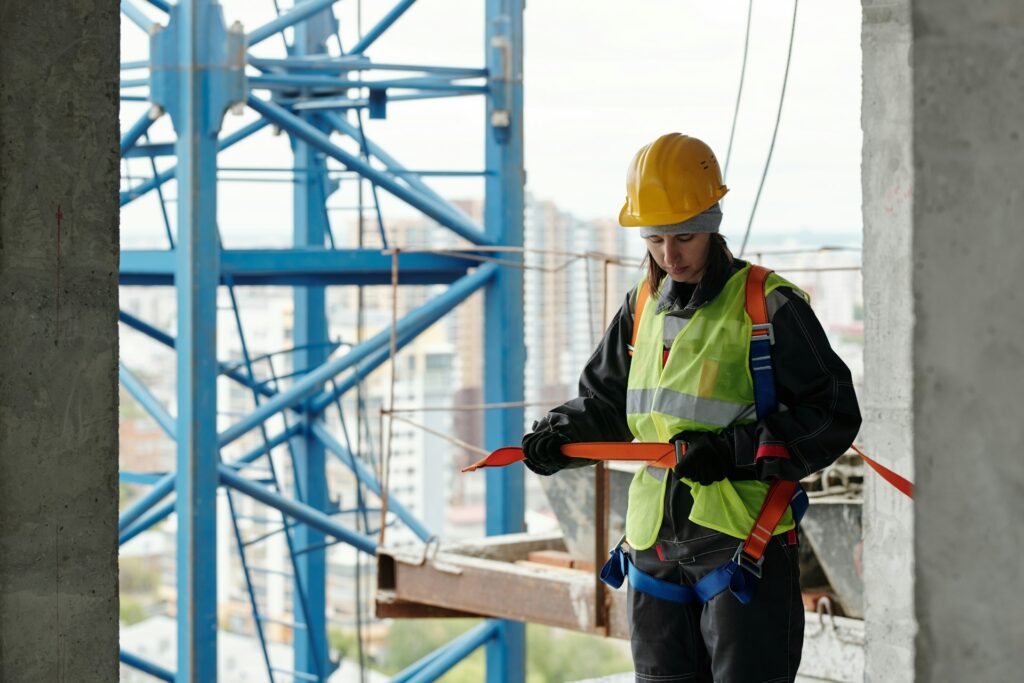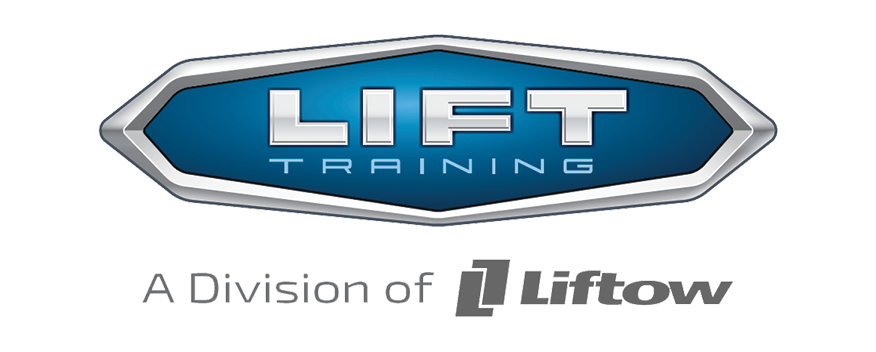
When working at heights, challenges can arise that put safety and productivity at risk. For people working in places like Mississauga, where construction and development are significant, understanding and addressing these challenges is necessary for a safe work environment. Learning to navigate these obstacles not only keeps workers safe but also helps projects run smoothly.
Mississauga’s skyline is a testament to the ongoing development and construction efforts in the area. In such an industrial hub, working at heights brings its own set of challenges. These include changing weather conditions, varying types of equipment, and the constant need to ensure human safety. Addressing these common issues through training and awareness can help workers perform their tasks securely and efficiently.
Identifying Common Challenges
Working at heights involves several hurdles that workers need to be aware of. These challenges range from environmental factors to equipment-related issues and even human error. Understanding these aspects is the first step toward finding effective solutions.
Some of the typical challenges faced include:
– Environmental Factors: Weather can be unpredictable, with rain, high winds, or extreme temperatures affecting a worker’s ability to perform tasks safely. Protective gear is essential to mitigate these conditions.
– Equipment Issues: Faulty or improperly maintained equipment can pose risks. Regular maintenance and checks are crucial to ensure everything functions correctly.
– Human Error: A lack of experience or training can lead to accidents. Ongoing training and strict adherence to safety protocols help reduce this risk.
Each of these challenges requires attention to detail and a proactive approach to safety. By identifying the specific issues at play, organizations can develop targeted strategies to overcome these obstacles. This focus not only safeguards workers but also enhances the overall efficiency of projects requiring work at heights.
Solutions for Equipment-Related Issues
Proper equipment maintenance is a cornerstone of workplace safety, especially when working at heights. Regular inspections can reveal worn or faulty parts that might become hazards if left unchecked. Trusting equipment without ensuring it is fully operational can lead to accidents. Scheduled checks should be routine, with guidelines in place to address any issues that arise during these inspections.
Equally important is selecting the correct tools and gear for the job. Every task is unique, and using the right equipment not only makes the work easier but also ensures safety. For example, using scaffolding might be necessary for certain elevations, while safety harnesses remain essential for all height-related tasks. It’s worth noting that a simple checklist before work can guarantee workers have everything they need and that each piece of equipment is safe to use.
Enhancing Worker Training and Awareness
Education plays a key role in preventing accidents. By investing in training programs, companies can equip their workers with the knowledge needed to recognize potential hazards before they become problematic. Training isn’t just a one-time affair; ongoing educational sessions help workers stay updated on safety practices and new regulations.
To keep workers informed, consider adopting a few strategies:
– Set up refresher courses to revisit safety protocols regularly.
– Use visual reminders like posters and signs in common work areas.
– Encourage feedback and open discussions about safety practices during team meetings.
Increasing awareness through these methods can significantly reduce the likelihood of human error. An informed workforce is more likely to make smart decisions that prioritize safety.
Implementing Safety Protocols and Regulations
Adhering to safety regulations isn’t just about compliance; it’s about creating a culture that values every worker’s well-being. By establishing clear safety protocols, organizations can ensure everyone knows the rules and their role in maintaining a safe work environment.
Here are key steps to consider:
1. Develop a comprehensive safety policy that outlines all procedures.
2. Conduct regular training sessions to familiarize workers with these policies.
3. Monitor compliance and update protocols as needed to reflect changes in regulations.
A proactive approach to safety, focusing not just on rules but also on the safety culture, encourages workers to think safety-first. By fostering an environment where everyone feels responsible for each other’s safety, businesses can significantly reduce incidents related to working at heights.
Elevating Workplace Safety for Working at Heights in Mississauga
Tackling the challenges of working at heights in places like Mississauga involves more than just implementing rules. It encompasses a holistic strategy that blends equipment maintenance, worker education, and steadfast adherence to safety protocols. This combination strengthens workplace safety, reduces risks, and improves overall productivity.
A safer work environment is built on a foundation of understanding and action. By diligently identifying challenges, providing comprehensive solutions, and fostering a culture of awareness, companies can ensure their workers remain safe and confident in their capabilities. As each worker leaves the ground, they can trust that their safety is prioritized, backed by a well-thought-out strategy that addresses the unique demands of working at heights.
For businesses tackling the challenges of working at heights in Mississauga, LIFT Training offers the support and expertise needed to maintain a safe and efficient environment. Enhance your safety protocols by exploring our wide range of health and safety training options. Learn more about working at heights in Mississauga and ensure your team is equipped with the right knowledge and strategies today.
